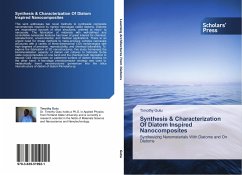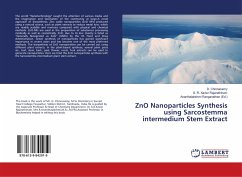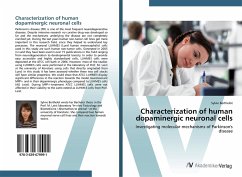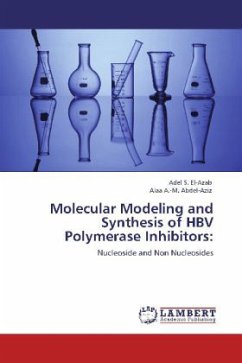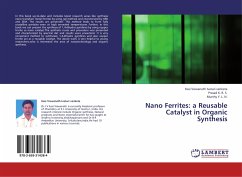This work addresses two novel methods to synthesize composite nanomaterials inspired by marine microalgae called diatoms. Diatoms are inspirational sources of silica structures, ordered at micro- to nanoscale. The fabrication of materials with well-defined and controllable nanoscale features has been of great interest for chemical, optoelectronic, environmental, and medical applications. There is an urgent need for cheap methods to mass-produce complex nanoscale structures with a variety of three-dimensional (3D) morphologies with high degrees of precision, reproducibility, and chemical tailorability. To explore the fabrication of 3D nanostructures, this study harnessed the biomineralization capacity of diatom cell cultures to fabricate Si-Ge oxide nanocomposites on one hand and the chemical bath deposition to deposit CdS nanocrystals on patterned surface of diatom biosilica on the other hand. A two-stage photobioreactor strategy was used to metabolically insert nanostructured germanium into the silica microstructure of diatom of diatom Pinnularia sp

